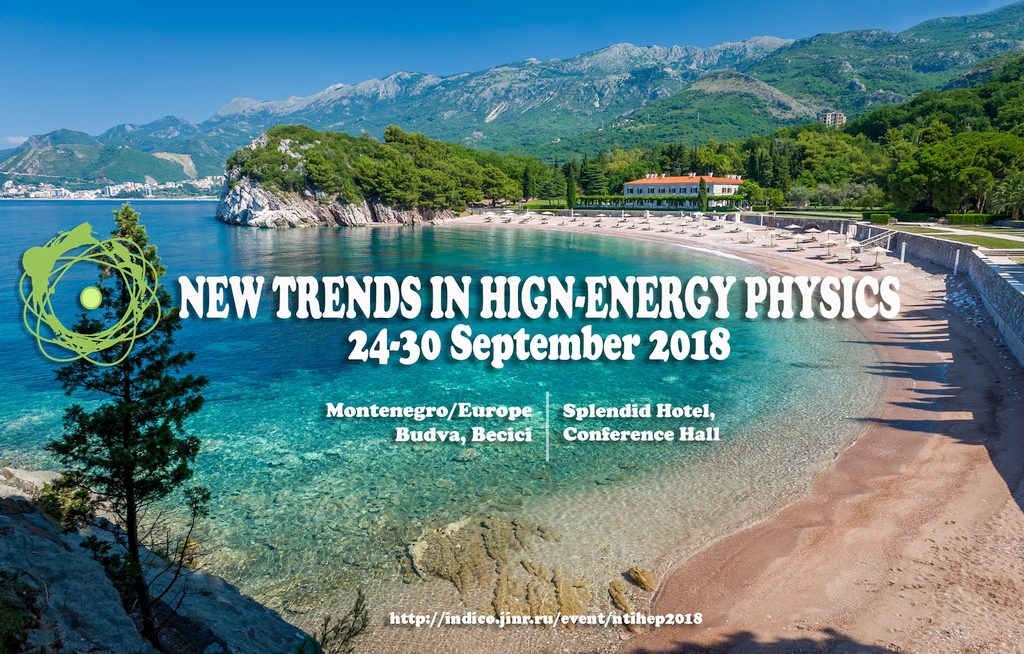Speaker
Dr
Artur Borodin
(JINR)
Description
We present the current status of high-energy cosmic-ray physics and gamma-ray astronomy at the Tunka Astrophysical Center. This complex is located in the Tunka Valley, about 50 km from Lake Baikal. At present, three arrays of the complex are operating to study charged CRs: Tunka-133, Tunka-REX and Tunka-Grande. Their measurement of the energy spectrum and mass composition is important in order to understanding the acceleration limit of the Galactic CR sources and the transition from Galactic to extragalactic CR.
Currently, most efforts are focused on the construction of the first stage of the gamma-ray observatory TAIGA. TAIGA (Tunka Advanced Instrument for cosmic ray physics and Gamma Astronomy) is designed to study gamma rays and charged cosmic rays in the energy range 10E13 eV - 10E18 eV. TAIGA prototype will consists of 100 wide angle timing Cherenkov stations (TAIGA-HiSCORE) on the area of 1 km2 and three Imaging Atmospheric Cherenkov Telescopes (IACTs) on the same area. The field of view of the IACT is ~10×10 degrees and it has a Davis-Cotton optical system with 34 mirrors, 0.60m diameter each, a focal length of 4.75m and a camera of 560 PMTs. The first IACT is operating since 2016 in the Tunka site. Production of the second IACT is in progress. The deployment of such array will be finished in 2019. Reconstruction of an EAS energy, direction and core position are based on the TAIGA-HiSCORE data and Monte-Carlo simulation allows to increase a distance between an expensive IACT up to 600m.
The low investments together with high sensitivity for energies ≥ 30-50 TeV make this pioneering technique very attractive for studying the galactic PeVatrons and cosmic rays. In addition to the Cherenkov light detectors we intend to deploy muon detectors over an area of 1km2 with a total area of muon detectors of about 1000 m2 .
The results of the first season of joint operation of the first IACT with 40 stations of TAIGA-HiSCORE are presented. The report also presents the progress of the second IACT production including the procedure and the results of the PMT calibration, the camera and mirror facet fabrication and its optical parameter measurements.
Author
Dr
Artur Borodin
(JINR)

